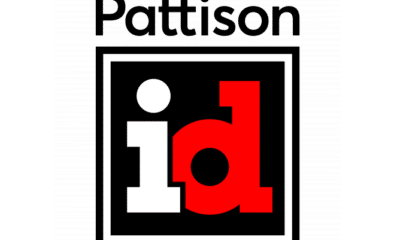The paramount skill of any designer is the ability to organize.
Whether that means arranging elements on a sign, a magazine page or a website is beside the point. Designers need to “herd the cats”; that is, figure out the heirarchy of information and translate it into a meaningful, and navigable, message.
As a publication designer, in this regard, I have it fairly easy. I put the words and pictures together, send it to the printer, and wait patiently for the issue to appear on my desk. Exactly as I sent it. Good times!
Designing a sign is much more collaborative. Sign designers must rely on the rest of the team to help achieve their desired result. Not such a good time.
But it doesn’t have to be so bad, and, as always, communication is the key. For example, let’s say a gorgeous sign design is approved; the client is happy, and working drawings are finalized. The designer’s job isn’t done; it’s only starting.
The drawings go to fabrication, and will undoubtedly require some changes. The pragmatic nature of sign fabrication necessitates multiple adjustments to any original design. The designer must communicate with the fabricators to ensure key elements of the design aren’t modified in ways that will fundamentally change the formal design elements. These primary elements include color, scale, shape and composition.
At this point in the sign’s life-cycle, both design and fabrication departments consider the sign to be their baby, so understanding and adaptability become key factors in the sign’s success.
Let’s assume fabrication is a success, and the finished sign heads out the door on its way to the client. Is the designer’s job done now? Well, the job is two-thirds complete, so we are heading in the right direction.
Installation is often a pretty straightforward process, but not always. A designer who can look ahead toward installation, and communicate with the installers, increases the odds of a successful installation. I realize this is not always possible. Fortunately, installers are professionals, so letting go at this stage is usually not a problem.
Many factors, such as the client’s structure, topography, traffic patterns and sightlines, have been considered during the design process. That said, things change quickly. Be aware of any recent developments that could compromise the sign’s effectiveness.
By now, an attentive designer knows where changes have been made, and understands the design’s most fragile aspect. Even though most people would never notice weak spots, the designer knows where they are, where the “bodies are buried”. It’s the designer’s job to ensure those “bodies” are never found. With everyone on board, these weak spots rarely become an issue.
Is the designer’s job done yet?! Almost, but not quite. If the sign will require future maintenance, make sure the client has drawings that clearly show colors, materials or schematic information that increases the likelihood of a successful future repair.
Charles Darwin said, "It is not the strongest of the species that survives, nor the most intelligent. It is the one that is most adaptable to change."
Keep this truism in mind throughout the design, fabrication and installation process, and your success rate will remain high.
Proper communication throughout the production cycle will keep things moving smoothly in a direction that everyone can live with. Done correctly and with tact, your shop’s sense of mutual respect will increase, and your client will never sense there was ever a problem.
That’s how the bodies stay buried. Now you are done


 Real Deal2 weeks ago
Real Deal2 weeks ago
 Projects2 weeks ago
Projects2 weeks ago
 Projects3 days ago
Projects3 days ago
 News4 days ago
News4 days ago
 How To1 day ago
How To1 day ago
 Business Management2 weeks ago
Business Management2 weeks ago
 News2 weeks ago
News2 weeks ago
 Manager's To Do1 week ago
Manager's To Do1 week ago











